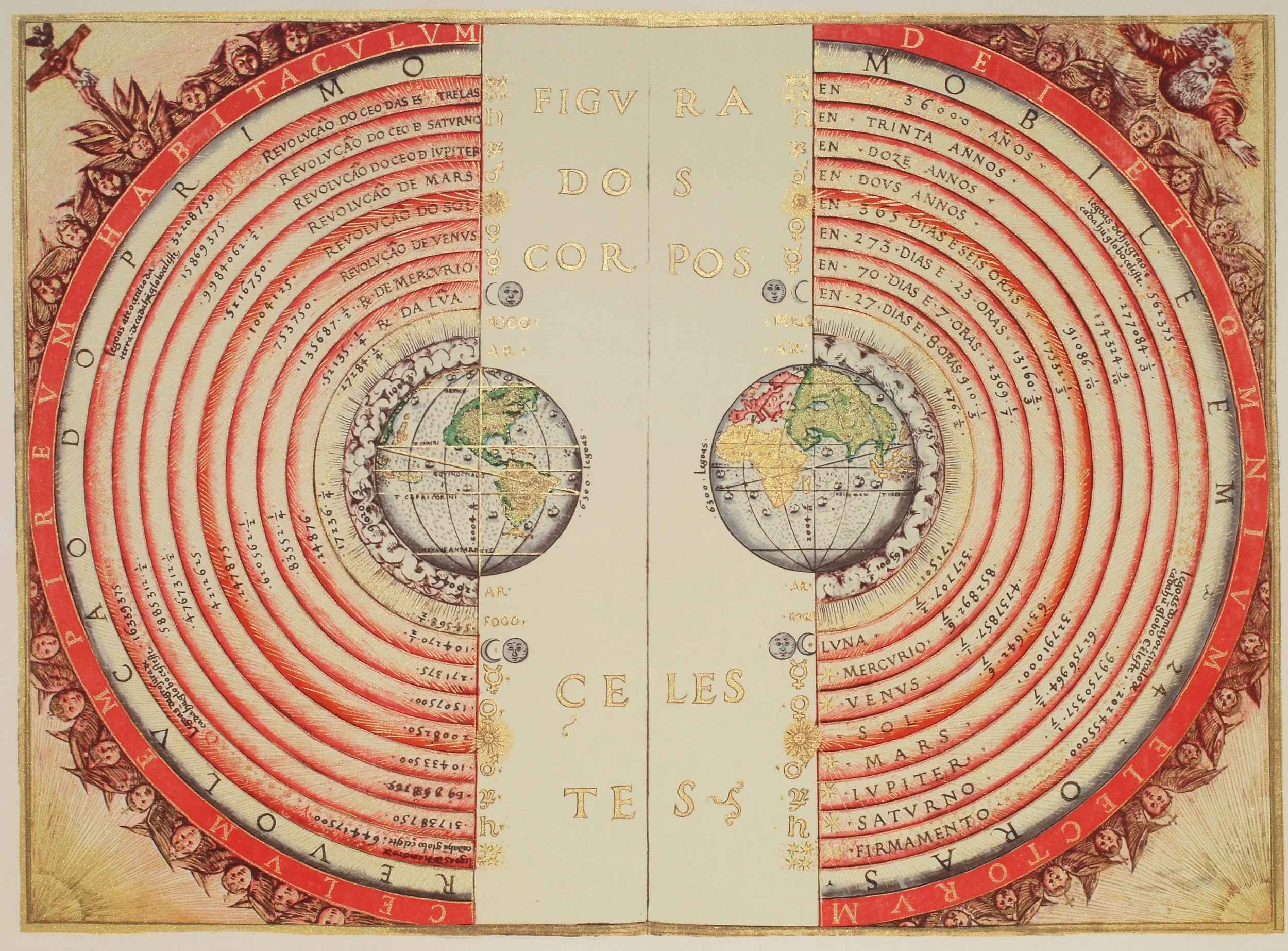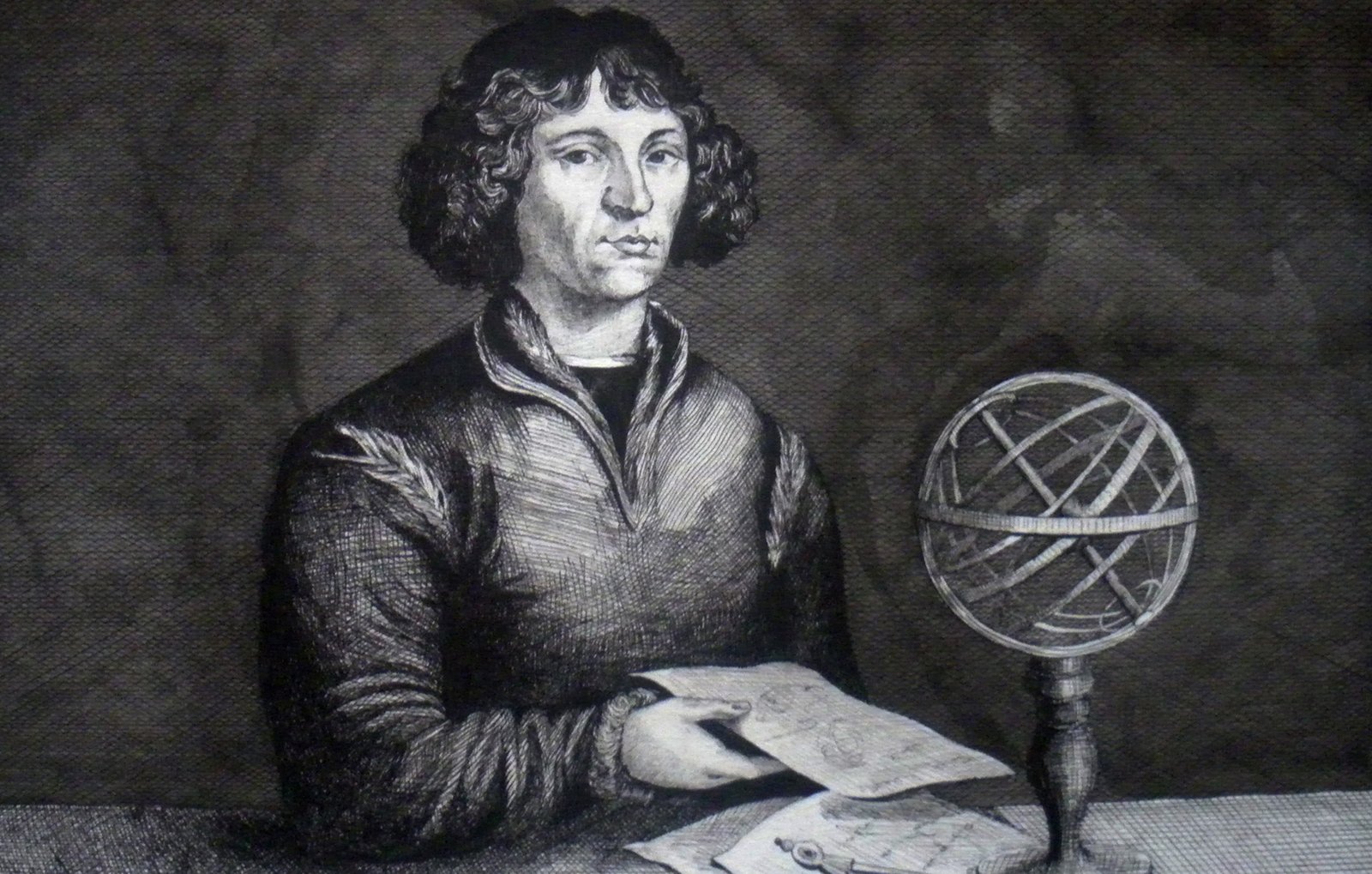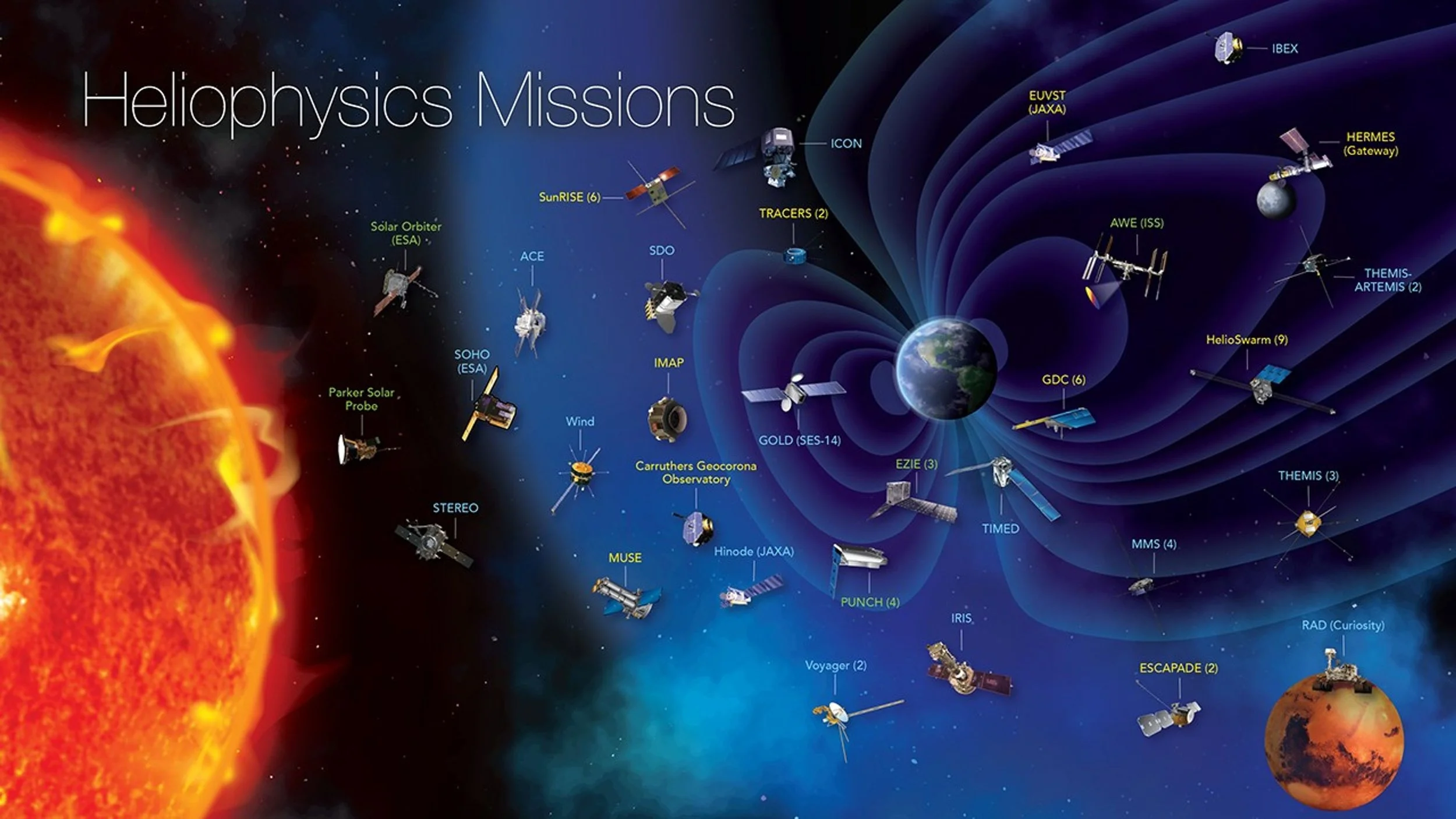Heliophysics
For most of human history, the Sun was a god, a chariot, a divine eye in the sky. It marked our seasons, ruled our crops, and inspired rituals of light and fire. But our understanding of the Sun has gone through radical transformations—from myth to math, from geocentrism (Earth centered) to heliocentrism (Sun centered).
An illustration of a Ptolemaic geocentric system by Portuguese cosmographer and cartographer Bartolomeu Velho, 1568 (Bibliothèque Nationale, Paris)
Since the beginning of time, humans have been cosmic narcissists. For centuries, we believed the entire universe revolved around us. When early scientists dared to challenge this belief—especially when their findings contradicted Church doctrine—they were silenced, persecuted, or excommunicated, even in the face of mounting scientific evidence.
Long before science, the Sun was sacred. Nearly every ancient civilization revered a solar deity:
Ra in Egypt rode his solar barque across the sky by day and through the underworld by night.
Helios in Greece drove a golden chariot pulled by fiery horses.
The Inca worshipped Inti, believing their emperor was his direct descendant.
In Japan, the imperial family traces its lineage to Amaterasu, the Sun goddess.
Amaterasu - Japanese Sun Goddess of the Shinto tradition
These myths weren’t just stories—they were cosmologies. They helped humans make sense of life, time, and death through the ever-reliable rise and fall of the Sun.
The Rise + Fall of Earth’s Ego
Ptolemy’s Geocentric Model (Earth at the center of the universe)
In the ancient world, the geocentric model dominated. Rooted in the teachings of Aristotle and later refined by Ptolemy in the 2nd century, this model placed Earth at the center of the universe, with the Sun, moon, and stars orbiting it in perfect celestial spheres. This system wasn’t just philosophical—it became religious dogma, woven into the worldview of Europe and the Catholic Church for over a thousand years.
The first major challenge to this worldview came from Aristarchus of Samos around 270 BCE, who proposed a heliocentric model—placing the Sun at the center. But his ideas were ignored, deemed too radical for the time.
Nicolaus Copernicus 1473-1543
It wasn’t until 1543, when Polish astronomer and mathematician Nicolaus Copernicus published De revolutionibus orbium coelestium (On the Revolutions of the Heavenly Spheres), that the heliocentric theory reemerged with force. Copernicus argued that Earth and the other planets revolved around the Sun. This contradicted the Church's interpretation of the Bible—and they did not take it well.
Copernicus’ Heliocentric model from Nicolaus On the Revolutions of the Heavenly Spheres (1543)
Science vs. Scripture
The Catholic Church condemned heliocentrism as heresy. The Bible, taken literally, stated that the Earth was fixed at the center of the universe. To claim otherwise was to call Scripture—and by extension, the Church—wrong. Books were banned. Scientists were threatened.
Galileo Galilei, building on Copernicus' model, used the newly invented telescope to observe moons orbiting Jupiter and sunspots on the Sun. These were clear signs that Earth was not the center of everything, and that the heavens were far from perfect. The Church placed Galileo under house arrest for life, forbidding him to teach or write on heliocentrism.
Copernicus’ Heliocentric Model (Sun at the center)
Truth Always Emerges
Despite opposition, the Scientific Revolution (1543–1687) pushed science forward. Astronomers like Johannes Kepler revealed that planets move in elliptical orbits, not perfect circles. Isaac Newton explained gravity, showing how the Sun’s mass held the solar system together.
But one mystery remained: What was the Sun made of? And how did it shine?
In the 19th century, spectroscopy revealed that the Sun was composed mostly of hydrogen and helium. In the 20th century, scientists like Arthur Eddington and Hans Bethe discovered that the Sun shines through nuclear fusion—fusing hydrogen into helium at its core and releasing immense amounts of energy. The Sun wasn’t burning in the way ancient humans imagined—it was undergoing a continuous atomic reaction, 93 million miles away, fueling life on Earth.
Heliophysics
Heliophysics is the modern study of the Sun and its influence on the solar system. It includes the Sun’s atmosphere, magnetic field, solar flares, and solar wind—as well as the effect of those solar forces on Earth, other planets, and even interstellar space. It’s a complex dance of electromagnetic radiation, plasma, energetic particles, and magnetic fields—all shaped by the immense, dynamic engine that is our star.
NASA now operates a fleet of spacecraft throughout our heliosphere—from the Parker Solar Probe (flying closer to the Sun than any spacecraft before) to the Voyager probes, which are now sending back data from the edge of interstellar space. These missions help scientists understand how the Sun’s energy and particles flow through space—and how they affect satellites, astronauts, power grids, and even weather patterns on Earth.
NASA
In a time, where science is being deleted, canceled and controlled, its important for us to understand this isn’t the first time truth is being suppressed for political and religious motivations. But truth is buoyant. It always bubbles to the surface. Sometimes it takes centuries to emerge in the light of the sun.
References
NASA – What Is Heliophysics?
https://www.nasa.gov/mission_pages/sunearth/spaceweather/index.htmlNASA – Parker Solar Probe Mission Overview
https://www.nasa.gov/content/goddard/parker-solar-probeESA – The Sun: Our Living Star
https://www.esa.int/Science_Exploration/Space_Science/The_Sun_Our_Living_StarStanford Solar Center – Sun Myths Around the World
http://solar-center.stanford.edu/folklore/Sun-Folklore.htmlHarvard – The Copernican Revolution
https://hps.fas.harvard.edu/copernican-revolutionGalileo Project (Rice University)
https://galileo.rice.edu/Britannica – Nicolaus Copernicus
https://www.britannica.com/biography/Nicolaus-CopernicusNASA – What Is the Solar Wind?
https://www.nasa.gov/sun/what-is-the-solar-wind/Science History Institute – History of Nuclear Fusion
https://www.sciencehistory.org/topics/nuclear-fusionVoyager Mission – NASA Jet Propulsion Laboratory
https://voyager.jpl.nasa.gov/






